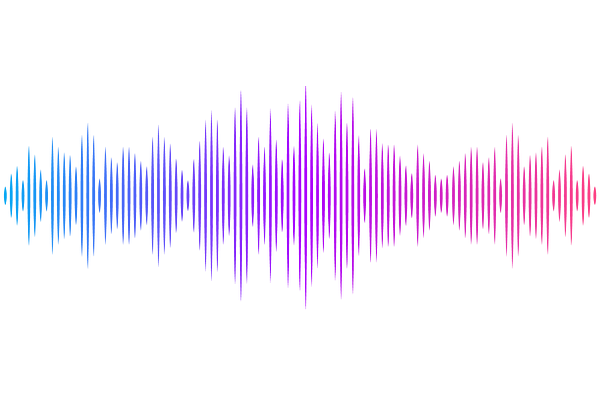MOA-2022-BLG-091Lb and KMT-2024-BLG-1209Lb: Microlensing planets detected through weak caustic-crossing signals

MOA-2022-BLG-091Lb and KMT-2024-BLG-1209Lb: Microlensing planets detected through weak caustic-crossing signals
Cheongho Han, Chung-Uk Lee, Andrzej Udalski, Ian A. Bond, Hongjing Yang, Michael D. Albrow, Sun-Ju Chung, Andrew Gould, Youn Kil Jung, Kyu-Ha Hwang, Yoon-Hyun Ryu, Yossi Shvartzvald, In-Gu Shin, Jennifer C. Yee, Weicheng Zang, Tanagodchaporn Inyanya, Sang-Mok Cha, Doeon Kim, Dong-Jin Kim, Seung-Lee Kim, Dong-Joo Lee, Yongseok Lee, Byeong-Gon Park, Richard W. Pogge, Przemek Mróz, Michał K. Szymański, Jan Skowron, Radosław Poleski, Igor Soszyński, Paweł Pietrukowicz, Szymon Kozłowski, Krzysztof A. Rybicki, Patryk Iwanek, Krzysztof Ulaczyk, Marcin Wrona, Mariusz Gromadzki, Mateusz J. Mróz, Michał Jaroszyński, Marcin Kiraga, Fumio Abe, Ken Bando, David P. Bennett, Aparna Bhattacharya, Akihiko Fukui, Ryusei Hamada, Shunya Hamada, Naoto Hamasaki, Yuki Hirao, Stela Ishitani Silva, Naoki Koshimoto, Yutaka Matsubara, Shota Miyazaki, Yasushi Muraki, Tutumi Nagai, Kansuke Nunota, Greg Olmschenk, Clément Ranc, Nicholas J. Rattenbury, Yuki Satoh, Takahiro Sumi, Daisuke Suzuki, Sean K. Terry, Paul J. Tristram, Aikaterini Vandorou, Hibiki Yama, Yunyi Tang, Shude Mao, Dan Maoz, Wei Zhu
AbstractThe light curves of the microlensing events MOA-2022-BLG-091 and KMT-2024-BLG-1209 exhibit anomalies with very similar features. These anomalies appear near the peaks of the light curves, where the magnifications are moderately high, and are distinguished by weak caustic-crossing features with minimal distortion while the source remains inside the caustic. To achieve a deeper understanding of these anomalies, we conducted a comprehensive analysis of the lensing events. We carried out binary-lens modeling with a thorough exploration of the parameter space. This analysis revealed that the anomalies in both events are of planetary origin, although their exact interpretation is complicated by different types of degeneracy. In the case of MOA-2022-BLG-091, the main difficulty in the interpretation of the anomaly arises from a newly identified degeneracy related to the uncertain angle at which the source trajectory intersects the planet-host axis. For KMT-2024-BLG-1209, the interpretation is affected by the previously known inner-outer degeneracy, which leads to ambiguity between solutions in which the source passes through either the inner or outer caustic region relative to the planet host. Bayesian analysis indicates that the planets in both lens systems are giant planets with masses about 2 to 4 times that of Jupiter, orbiting early K-type main-sequence stars. Both systems are likely located in the Galactic disk at a distance of around 4 kiloparsecs. The degeneracy in KMT-2024-BLG-1209 is challenging to resolve because it stems from intrinsic similarities in the caustic structures of the degenerate solutions. In contrast, the degeneracy in MOA-2022-BLG-091, which occurs by chance rather than from inherent characteristics, is expected to be resolved by the future space based Roman RGES microlensing survey.